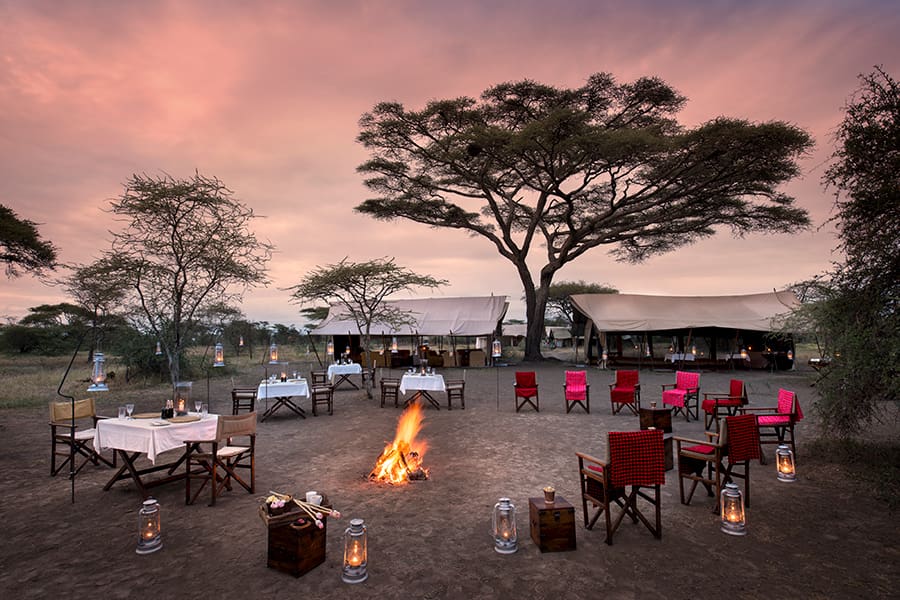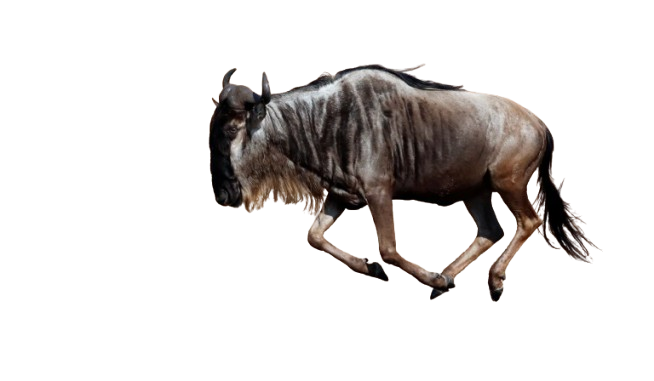Travel Guide To Serengeti National Park
Travel Guide To Serengeti National Park , enjoy un beatable memories like no other by visiting Tanzania’s famous and exceptional park Serengeti. The park lies in the north western parts of Tanzania and is one of the biggest and most protected conservation areas on earth.
famously known for offering the true essence of an African safari, Serengeti is a dream come true to all safari lovers. popularly celebrated for hosting the great wildebeest migration, home to the iconic big five and also inscribed on the UNESCO world heritage site, Serengeti stills stands out as a must visit area on an African Safari. Serengeti national park is composed of many rolling grasslands, golden savannahs, its untamed beauty and its large concentration of wildlife.
In this article, we are going to shed vast light as well as help you uncover the mysteries and treasure troves of Serengeti national park, including the activities, places to stay in, and how every moment is special in to the wilderness. Come and explore the true game of the African Wilderness.
What to do in Serengeti National Park
The Great wildebeest Migration
Serengeti’s annual wildebeest migration is among the top things that make it a very outstanding destination to thousands and thousands of people. This is one of the worlds most astonishing wildlife experiences with over 1.5 animals moving from one place to another. A safari is meaningless with out a sight at the wildebeest migration.
The great migration grants chances to see a variety of zebras, gazelles, wildebeest as you also view the predators that wake in to the herds such as lions, leopards, cheetahs and hyenas.
Tips to know for viewing the wildebeest migration.
The wildebeest migration | Approximate Time | Region |
Calving (Birthing) Season | February to March | Southern Serengeti |
Intense Predator Action | February to March | Southern Serengeti |
Rutting (Mating) Season | April to May | Western ¢ral Serengeti |
Grumeti River Crossings | May to June | Central Serengeti |
Mara River Crossing | July to August | Northern Serengeti |
On the Move | October to January | Northern to southern Serengeti |
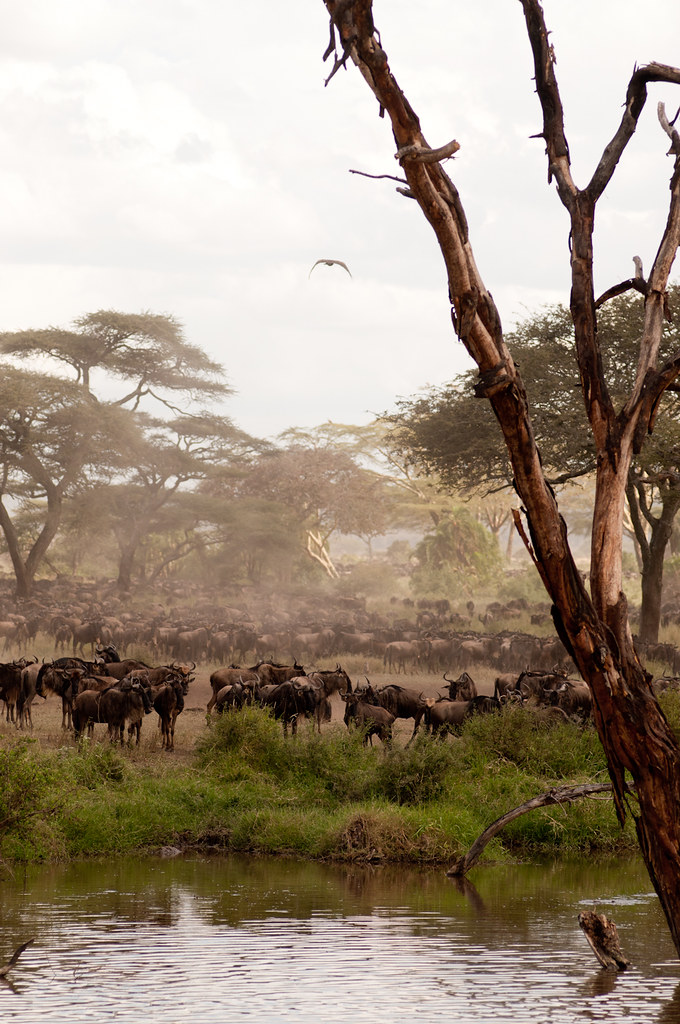
Games Drive In Serengeti National Park
Birding in Serengeti National Park
Seeking for an exceptional area to carry out bird watching, Serengeti national park is the true game for bird lovers.
The park is a birders haven with over 500 bird species both endemics and migratory. Some of the birds to see with in Serengeti national park include Kori bustard, secretary birds, Northern pintail, Grey crowned cranes, southern pochard, Eurasian Wigeon, African black duck, common ostrich, African fish eagle, Egyptian goose, Garganey and many more. The park is composed of various habitats that act as a home to many bird species that is to say birding can be conducted within the Mara Serengeti areas and is a great point for viewing African endemics of bird species
Birding in Serengeti is an all-year-round activity since many bird species are permanent residents of the park and few are migratory.
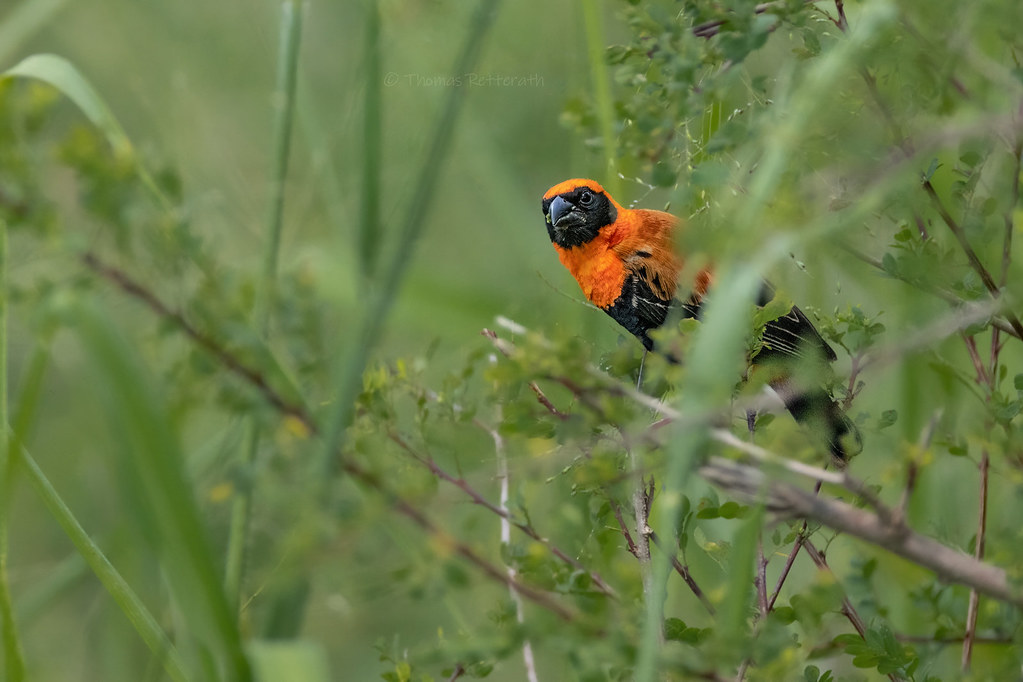
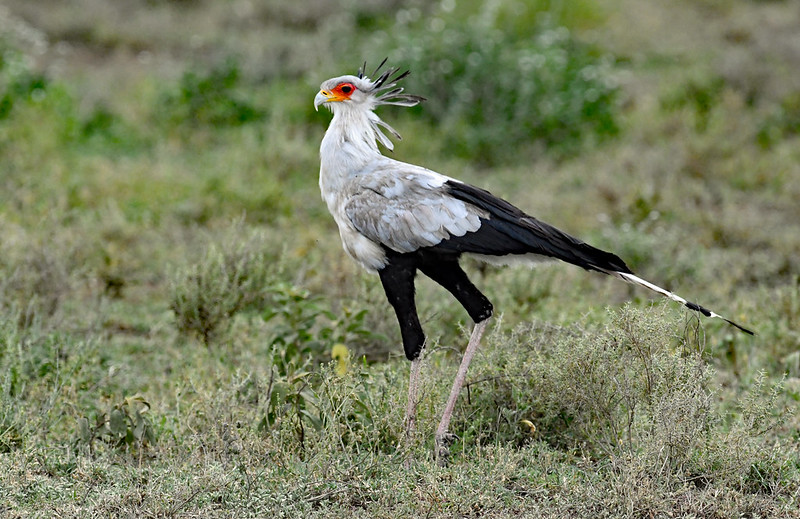
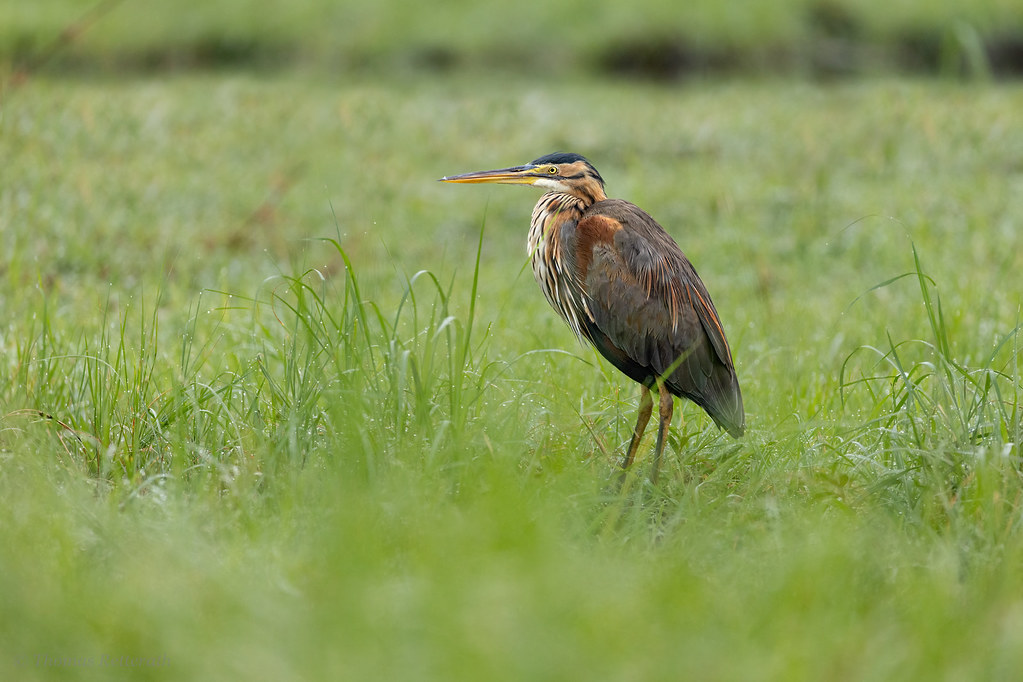
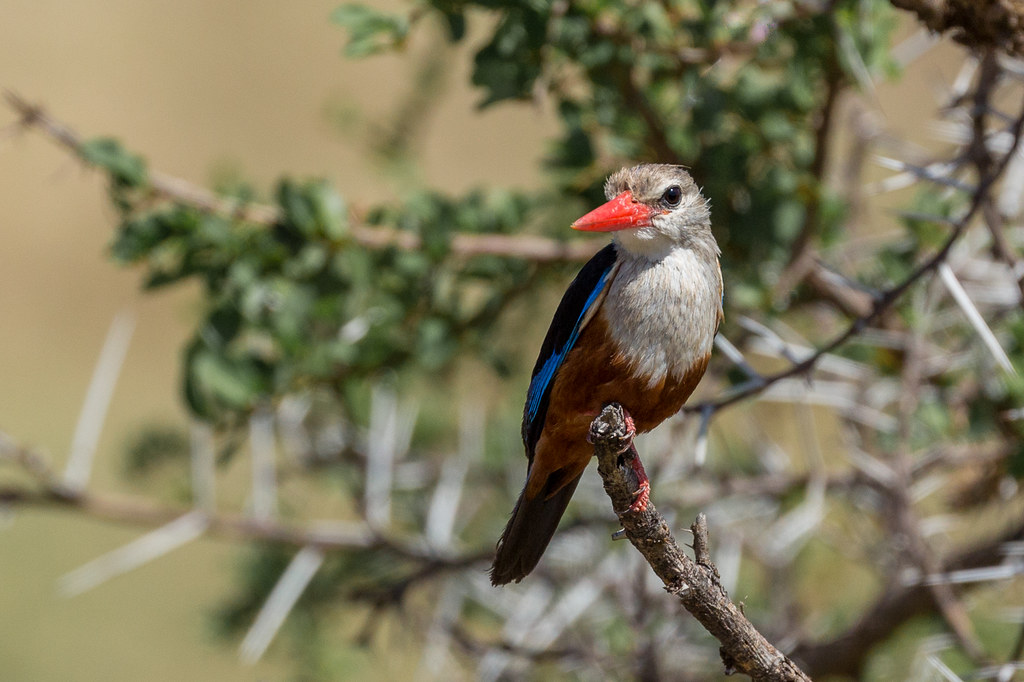
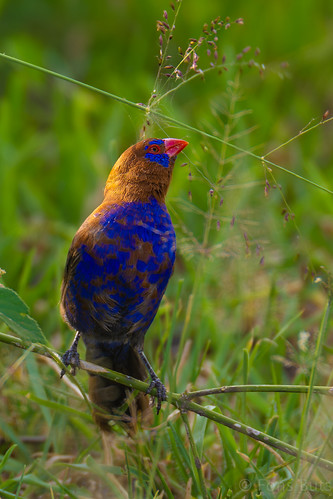
Hot Air Balloon Safaris
A hot air balloon safari experience is one of the must do activities with in the Serengeti lands. The activity is a perfect choice for those seeking for the bird’s eye view of as well making sightings of animals. This activity usually starts in the morning and many decide to end it with a champagne breakfast in the African wilderness. Do not miss out experiences the true game of enjoyments with in Serengeti national park
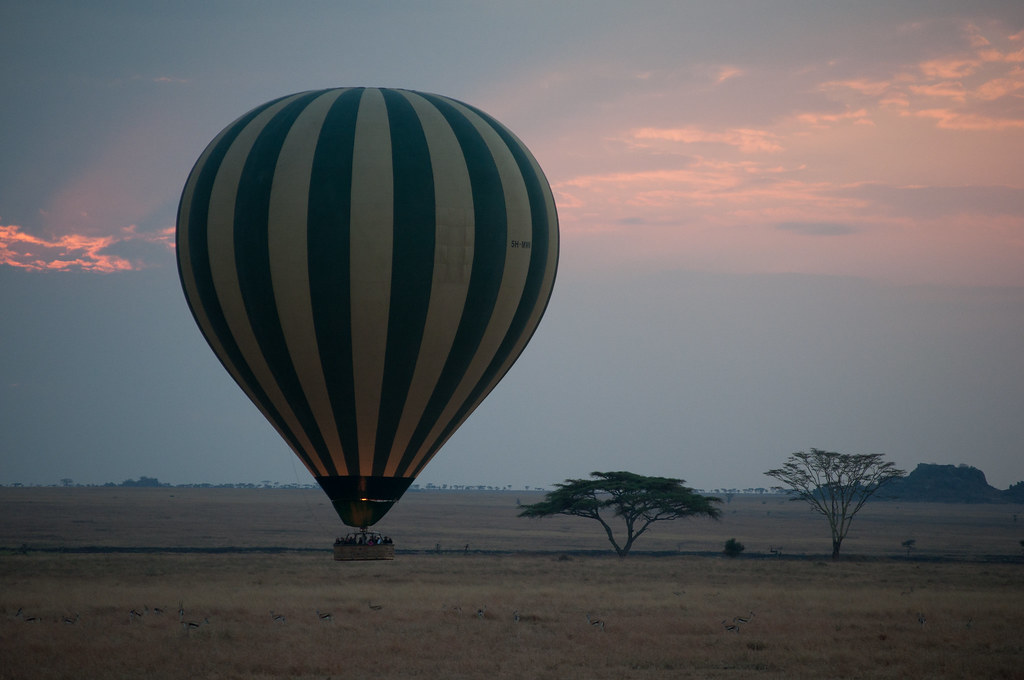
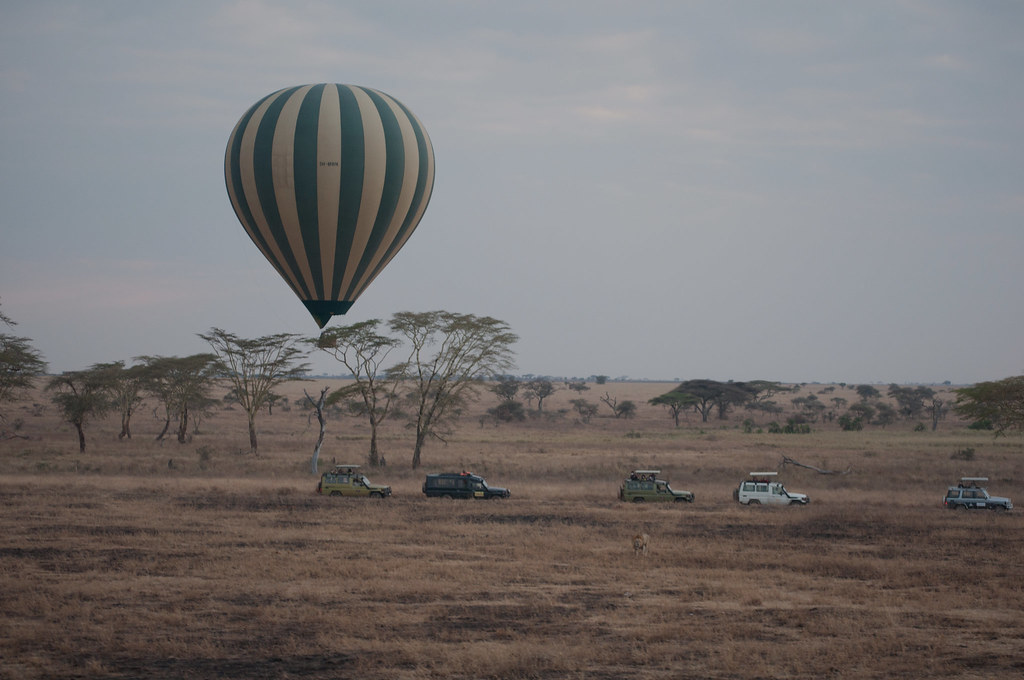
Visiting the Serengeti visitors’ centre.
Serengeti visitors centre is one of the best places to visit while in Serengeti national park. The visitors center has all the necessary information concerning Serengeti. Visting the park enables you to discover as well as learn more about the park in particular.
Cultural Tour in Serengeti National Park
Cultural encounters in the Serengeti offer a rich, immersive glimpse into the lives of Tanzania’s indigenous communities. A visit to the amazing residents of Serengeti the Masai people is completely a fusion of interaction about a particular culture.
The Masai are popularly known as welcoming people and also consist of a tall structure. There is a lot you need to learn about the Masai people forinstance bead work making, listen to their music and stories, hunting and many more. A visit to the Masai village is not just a visit but a true immersive experience in to the Masai culture.
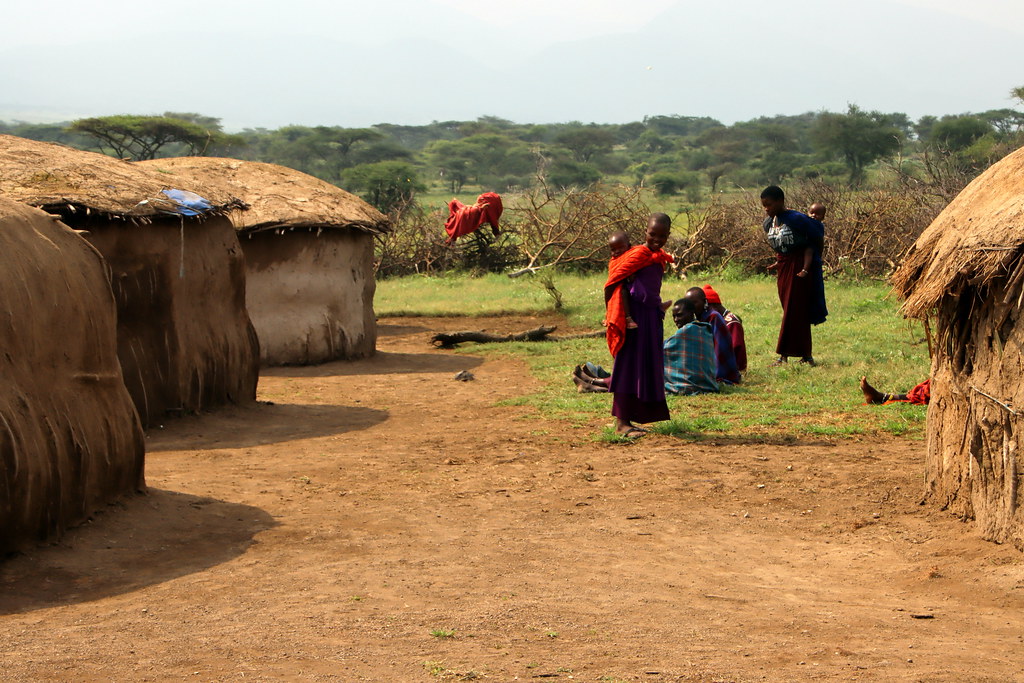
Guided Nature Walks in Serengeti National
Nature walks are one of the top activities to do while in Serengeti national park. Nature walks allow you to fully explore the park on foot as you see new things.
Nature walks are done while following different trails in the park such as Seronera walking trail and Moru Kopjes trail Nature walks are usually done with an armed ranger and guide who are well versed in to the park’s flora and fauna. During your walk you will still be able to see a number of many bird species. Nature walks in Serengeti also offer breath taking views of the park’s iconic savannah, acacia woodlands and also rocky out crops.
Northern Serengeti
The Northern Serengeti lies from the Lobo Valley in the south then stretches up to the Mara River on the Kenya-Tanzania border. The area is composed of small rivers, green rolling hills and lush granite outcrops (kopjes) and its dramatic Mara River. The northern part is one of the ideal places for wildlife viewing since its a perfect spot for the wildebeest migration and thousands of other animals.
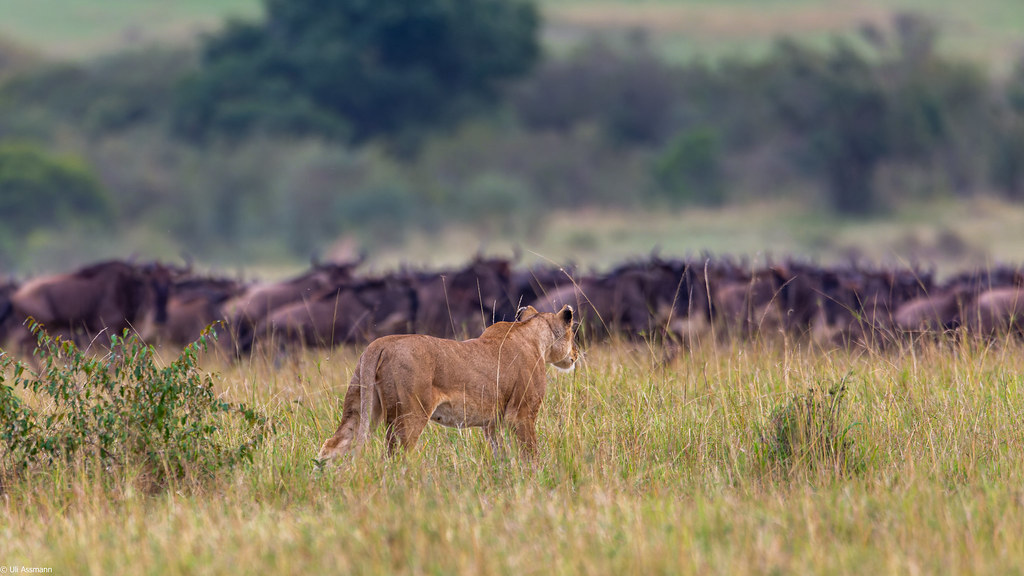
Areas with in the northern Serengeti
Mara River
The Mara River pulses with life and drama, carving through the heart of Africa’s wildest landscapes. Each year, it becomes the stage for the Great Migration, as thousands of wildebeest brave its crocodile-infested waters. A lifeline to countless species, the Mara is nature’s untamed theatre of survival and spectacle.
Highlights
Wildebeest river crossings during the Great Migration (July to October).
Why Visit:
Massive views of the large concentration of wildlife such as dramatic wildebeests along the Mara River.
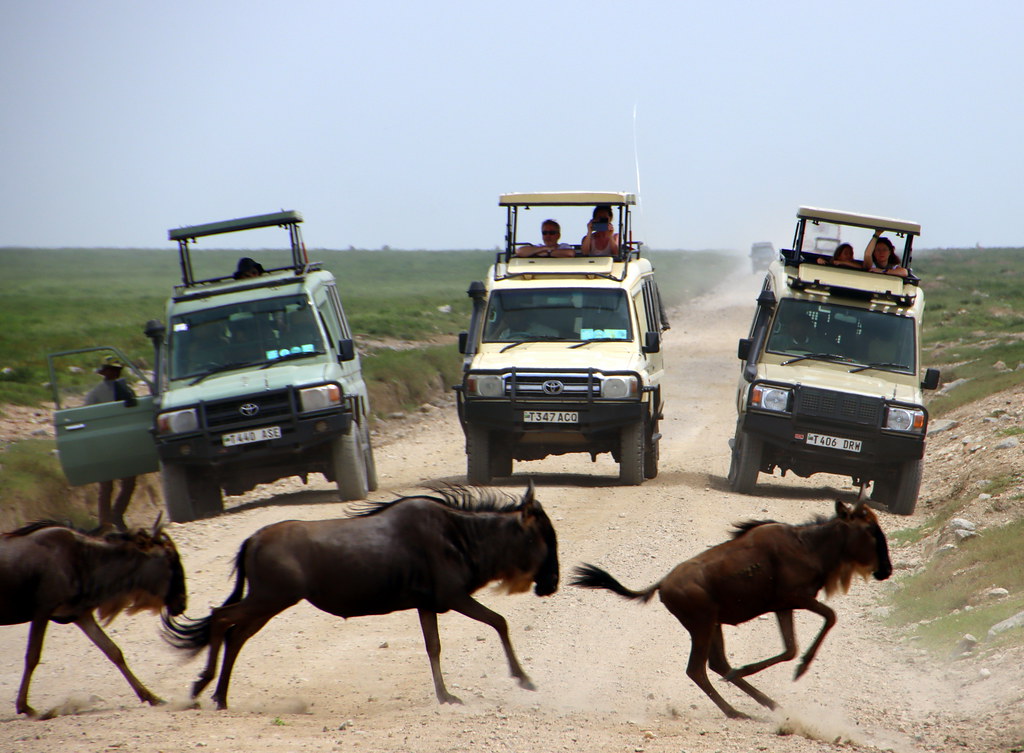
Kogatende
Perched near the Mara River lies Kogatende an area with in the northern Serengeti, It provides close-up views of some of nature’s most breathtaking spectacles, such the Great Wildebeest Migration, particularly the dramatic river crossings that occurs between July and October. Please note that during the peak season, hundreds of thousands of wildebeest, zebras, and gazelles cross the crocodile-infested Mara River, often pursued by predators like lions, leopards, cheetahs, and hyenas.
Reasons why you should Visit
Very accessible to the Mara River and surrounding plains.
A wide variety of lodges and camps are with in the place such an ideal area for safari lovers. A huge concentration of wildlife
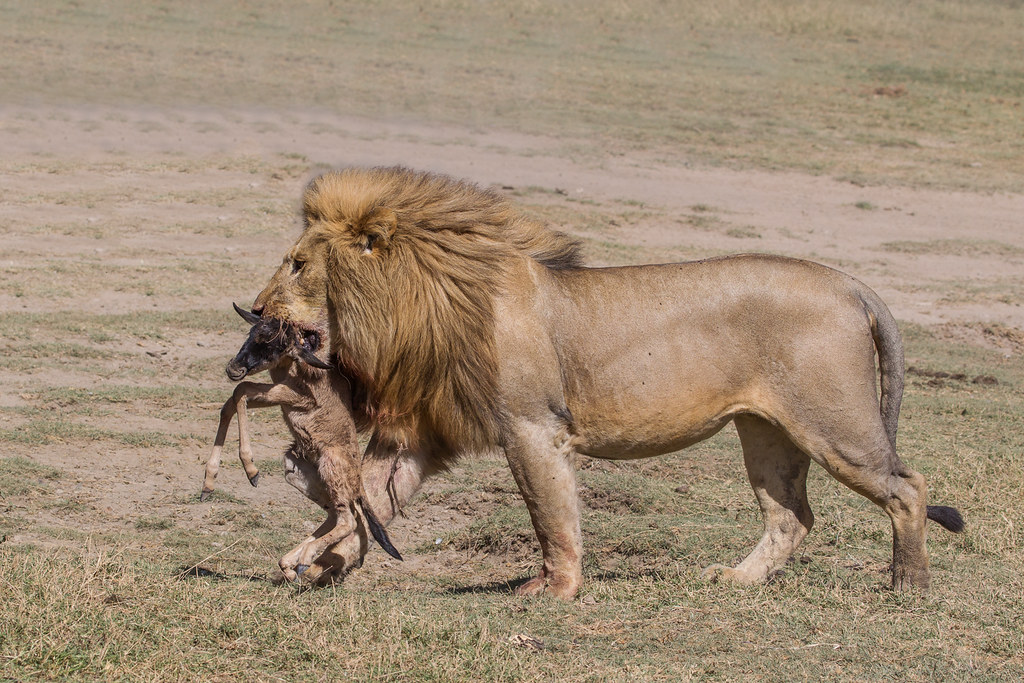
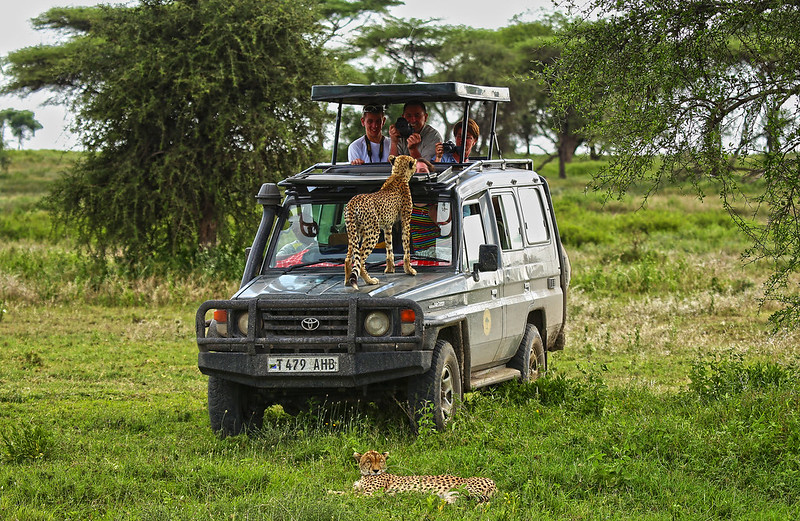
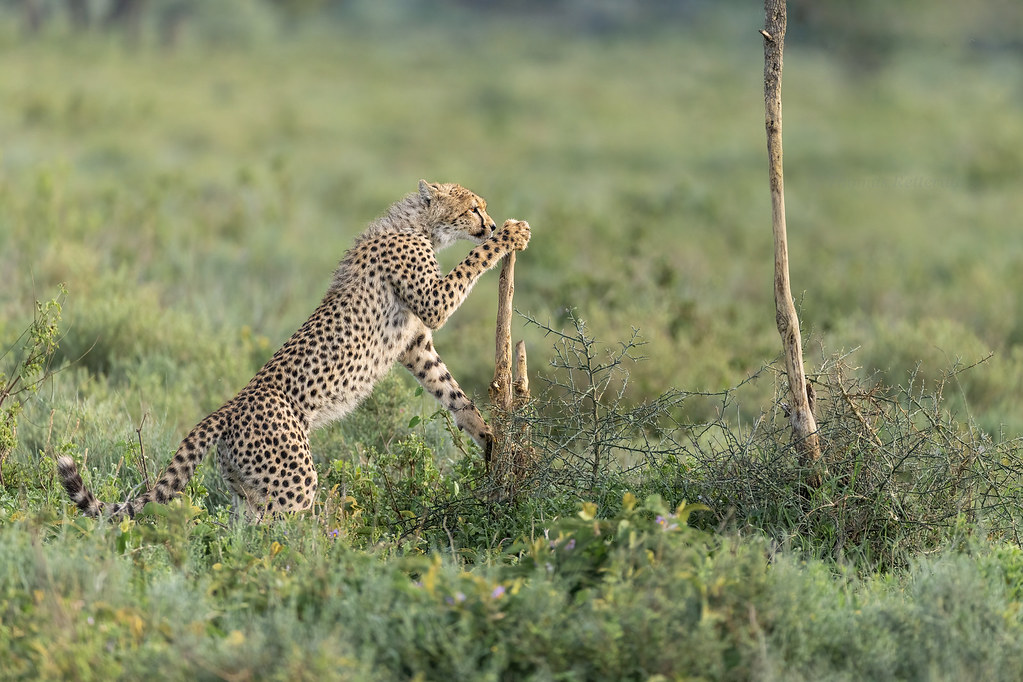
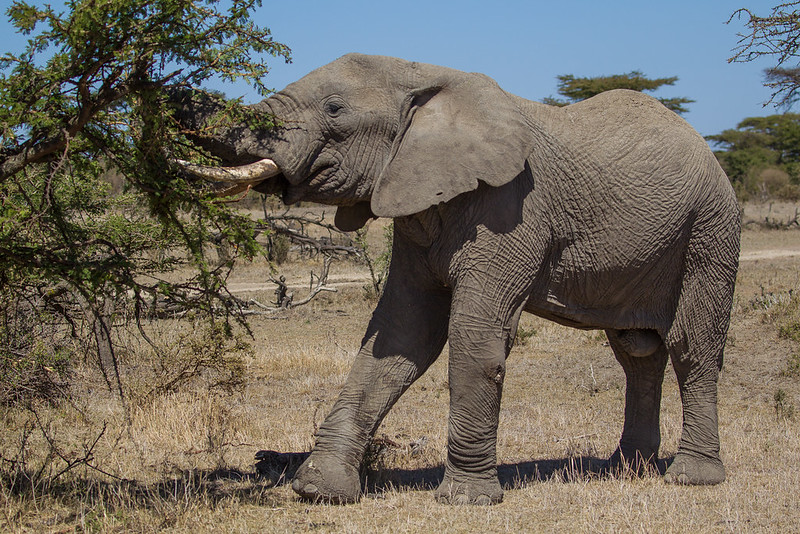
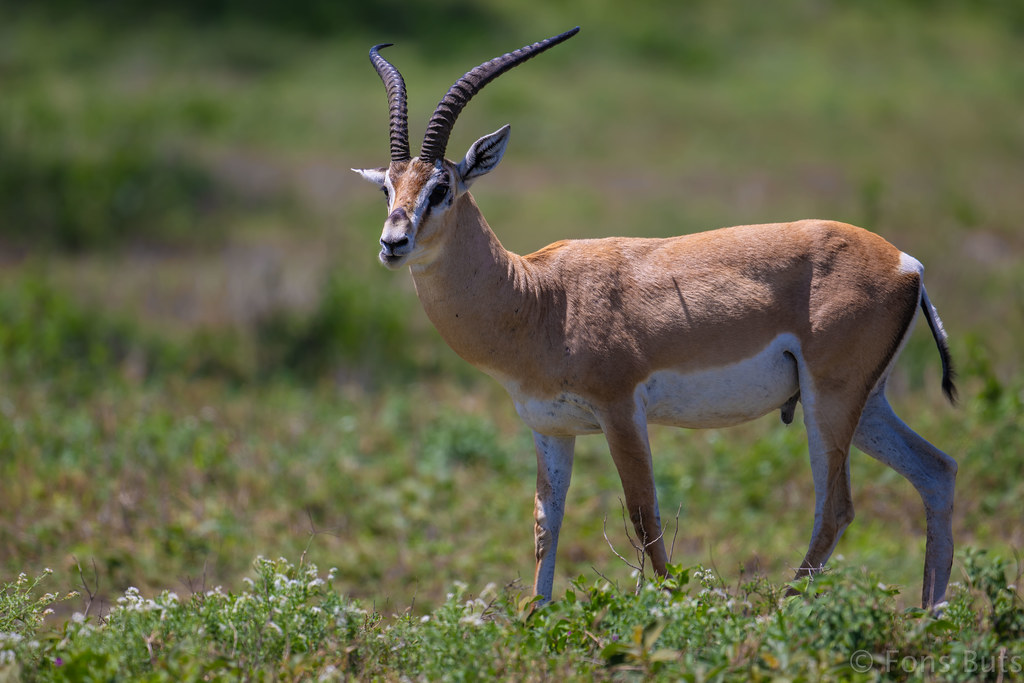
Lamai Wedge
The Lamai Wedge is a triangular-shaped region lying in Northern Serengeti between the Mara River & The Masai Mara. With only a small seasonal bridge connecting it to the rest of the park, the Mara River completely isolates this spit of savanna. Lamai wedge is amongst the most secluded and uncrowded areas of the Serengeti and offers prime viewing of river crossings during the migration season from roughly July to October.
- Highlights
- A remote triangular area between the Mara River and the Kenya border.
- Why Visit
- Its serene ambiance, broad plains, and picturesque kopjes (granite outcrops).
- Wildlife
- High chances of viewing the lions, cheetahs, and even elusive leopards, as well as large herbivore herds.
LOBO VALLEY
The Lobo valley is one of the unique areas to visit with in the northern parts of Serengeti. The place is an ideal destination for a large concentration of wildlife hence being described as paradise by the American conservationist Stewart white.
Highlights
A beautiful, hilly region with granite outcrops, valleys, and seasonal water sources.
Why Visit
Rich in resident wildlife all year round. Lobo is less crowded and offers great opportunities for seeing predators and large elephant herds.
Best time to visit
Wildebeest and zebra pass through Lobo during their northward migration (June–July) and again southward (October–November
BOLOGONJA SPRINGS
This is one of the perfect places with in the Northern Serengeti for visting while on your safari. The springs are situated near the boarder of Masai mara reserve. Despite the fact that they are less visited, they hold vast attractions.
Highlights
Lush and forested areas.
Why Visit
Offers a refreshing change of scenery with green vegetation and water springs. It’s a peaceful spot, ideal for birdwatching and spotting less common antelope species like bushbuck and reedbuck.
Best time to visit: During the wildebeest migration (from July to November)
WOGAKURIA HILLS
hidden in the northern plains of the serengit national park lies a rich and varied landscape known as Wogakuria hills. The Wogakuria Hills are the highest point for miles around thus experiencing a 360° panoramic view of the landscapes.
At this vantage point, you can see the maze of nameless valleys and green veins from seasonal streams while at a distance you can view the Masai mara reserve.
Highlights
Rolling hills and valleys dotted with kopjes and open plains.
Why Visit
Fantastic for elevated views of the surrounding plains and wildlife.
Wonderful views of the scenerary.
NB
Please take note though Serengeti is a home to the big five game including the buffalos, rhinos, lions and leopards, viewing the rhinos is abit rare though the Northern Serengeti is a perfect area for rhino sightings.
BEST TIME TO VISIT THE NORTHERN SERENGETI
July to October: For migration river crossings
November to June: Offers excellent resident game viewing with fewer tourists.
CENTRAL SERENGETI
A visit to the best and popular section the Central Serengeti is a hub of various unforgettable memories while on your safari in Africa. The central Serengeti is the center of Serengeti national park and at times it is also referred to as the seronera valley.
It offers a near-perfect balance of wildlife density, accessibility, and classic savannah scenery with the highest chances of game drive viewing.
AREAS WITH IN THE CENTRAL SERENGETI
SERONERA VALLEY
One of Tanzania’s most wildlife-rich regions is the Seronera Valley, which lies in the central parts of Serengeti National Park. The valley is an incredible location for game viewing because of its year-round water supply from the Seronera River, thus acting as a home to a variety of animals.
Features
Year-round water sources, acacia woodlands, and open plains.
Wildlife to see
Big cats (lion, leopard, cheetah), elephants, hyenas buffalo, giraffes, and resident herbivores.
Best Time: All year round due to permanent water sources.
MORU KOPJES
The Moru Kopjes are one of the rock formations that reside with in the central parts of Serengeti National Park. These ancient outcrops rise above the flat plains, creating a dramatic landscape that supports a diverse range of wildlife. The Moru kopjes are an ideal area for viewing the black rhinos.
Wildlife: Lions often basking on kopjes, rhinos occasionally seen, hyraxes, and more.
MAKOMA HILLS
This is one of the less visited areas with in the central regions of Serengeti, however it provides excellent game wildlife viewing views. The Mahoma hills are composed of lush vegetations, sweeping views of the surrounding and also rolling areas. The area is more suitable for people seeking for a hidden game for wildlife viewing with in the Serengeti lands.
Highlights: Scenic plains and rolling hills.
Features: Ideal for game drives with wide views.
Wildlife: Large herds of elephants, buffalo, zebras, and seasonal wildebeest.
MASAI KOPJES
The Masai Kopjes are dramatic granite rock formations that lie with in the central parts of Serengeti. The Kopjes act as ideal habitats for thousands and thousands of wildlife for example lions, leopards, hyenas and many more. A visit to the Masai kopjes is indeed a highlight of every one with a safari with in the central parts of Serengeti.
Features: Predator hot spot with excellent views.
Wildlife: Lion prides, cheetahs, and diverse birdlife.
RETIMA HIPPO POOL
The retima hippo pool is one of the sections that give you a reason to visit Serengeti in particular. The pool lies in the central sector and is a perfect spot for wildlife viewing.
Highlights: Huge concentrations of hippos.
Features: Popular stop for hippo and crocodile watching.
Best suitable: Photographic lovers.
BANAGI AREA
Banagi serves as a central point for safari adventures. It is surrounded by vast savannahs teeming with animals like lions, elephants, zebras, and wildebeest, especially during the Great Migration.
Features: Transitional zone between open plains and woodlands.
Wildlife: General plains game and predators.
BEST TIME TO VISIT THE CENTRAL SERENGETI
The best and ideal time for visting the central Serengeti is generally May to June (Grumenti river crossings)
Note.
This is the most accessible area of the park. And it can get a little busy during the high Serengeti safari season from around June to October.
During the rainy season (about January to March), hundreds of thousands of wildebeest, zebra, and gazelle graze here on fresh green grass.
It is also the time that the main calving season takes place and predators – especially lions, leopards, and cheetahs – are taking every opportunity to hunt easy prey.
SOUTHERN SERENGETI
The southern part of Serengeti is also some times referred to as the Seronera valley. The southern Serengeti is composed of classic savannahs, acacia trees and the abundant wildlife. The area is closer to Ngorongoro crater one of the largest calderas.
Ndutu
This is a popular area situated with in the southern parts of Serengeti. Located on the border of the Serengeti and Ngorongoro Conservation Area. The area is a very ideal place for viewing the great wildebeest migration.
Maswa Game Reserve
lies on the southwestern edge of the Serengeti ecosystem, bordering the Serengeti National Park and the Ngorongoro Conservation Area. As a vital wildlife corridor, Maswa plays a key role in the Great Migration, especially during the wet season when herds disperse into its lush woodlands and open plains.
This remote and less-visited reserve offers excellent sightings of elephants, lions, leopards, and buffalo.
Matiti Plains
The Matiti plains are one of the perfect places for exploring with in the southern parts of Serengeti. The plains are composed of expansive grasslands that favour habitats for the wildebeest migration including the zebras, gazelles, lions and cheetahs.
WESTERN SECTION
Explore the unique and biologically diverse area of Tanzania’s Serengeti National Park part which is the Western Corridor, sometimes referred to as the Grumeti Region.
The region is composed of lush vegetations, seasonal swamps, and the Grumeti River, which plays a pivotal role in the ecosystem and the famed Great Migration.
Areas with in the western section.
Grumenti river
The Grumenti river is the main areas with in the western corridor of Serengeti. The river is the main source of water in this section thus attracting a variety of wildlife.
The Grumenti river is popularly known for harbouring a large crocodile population, which poses a significant threat to migrating animals during the river crossings. Hippos, birds, and other aquatic species also thrive here.
NEAR BY ATTRACTIONS TO EXPLORE NEAR SERENGETI NATIONAL PARK.
Ngorongoro crater
Ngorongoro crater is a UNESCO world heritage site lying in the south eastern parts of Serenegeti. The crater is the worlds largest inactive Volcanic caldera with abundant wildlife such as lions, elephants, lions and many more.
In Ngorongoro Conservation Area, animals usually migrate naturally between the crater and Serengeti.
MASAI MARA
Masai mara is one Kenya’s crown jewels located in the Northern parts of Serengeti. The National Reserve is an essential part of the same ecosystem. Many visitors who always pay a visit in Serengeti, usually combine their safari with a visit in Masai Mara to see a variety of wildlife.
MOUNTAIN KILIMANJARO
Nestled not closely to Serengeti, lies Mt Kilimanjaro one of the ideal attractions which has Africas highest peak. The mountain is perfect for people who love hiking and also combining it with a safari.
Standing 5,895 meters above sea level, this free-standing giant, crowned with snow and veiled in legend, provides an amazing combination of alpine beauty.
Lake Manyara National Park
Lake Manyara national park lies in the northern part of Tanzania and is one of the perfect areas to explore near Serengeti national park. The park is a home to the tree climbing lions, elephants and also a birders haven.
Enjoy full day game drives in Lake Manyara as you spot thousands and thousands of wildlife.
HOW TO GET TO SERENGETI NATIONAL PARK?
Getting to Serengeti national park is very simple and easy than one may expect. This is because the park can be accessed either through air of road means. Whether you are flying or driving through the scenic routes of East Africa, the legendary Serengeti plains can be accessed.
By Air
Serengeti National Park can be accessed by flying from Kilimanjaro International Airport (JRO) or Arusha Airport (ARK). The flight can take approximately 1 to 5 hours.
However, there are still other means to use while flying to the park. You can fly from Nairobi’s Jomo Kenyatta Airport (NBO) or Wilson Airport (WIL). The favourite airport is Mwanza Airport (MWZ), when travelling from the Lake Victoria area.
By Road
This is the commonest means of travelling to Serengeti national park. The journey is approximately 8 hours drive from Arusha to Serengeti national park.
The drive involves passing through Tanzania’s notable parks such as Lake Manyara national park, Ngorongoro conservation area and then access Serengeti through the Naabi gate.
WHERE TO STAY WHILE IN SERENGETI NATIONAL PARK.
Serengeti national park has a variety of lodges ranging from luxury, midrange and budget lodgings
Luxury lodges include
Singita Mara river lodge, Sayari camp, Four seasons safari lodge, Mbalageti Serengeti, And Beyond Grumeti river lodge, Entara Olmara camp, Namiri plains, Dunia camp, Olakira migration camp, One nature Nyaruswiga, Nomad Serengeti safari camp and many more.
Mid range options
Serengeti serena safari camp
Kati Kati tented camp.
Kubu Kubu tented lodge
Budget Friendly options.
Nyitika lodge, Serengeti Mawe camp, Africa safari Maasai Boma, Lobo wildlife lodge,
Public camp sites
Local guest houses.
WHAT ABOUT MOBILE CAMPING IN SERENGETI NATIONAL PARK?
With the added benefit of traveling with the seasonal Wildebeest Migration, mobile safari camps are opulent tent accommodations that offer all the creature luxuries of a lodge from one place to another.
A mobile safari is a genuine experience in secluded wilderness areas if your ideal Migration Safari is a modern take on the expeditions of early explorers and you want to remain as close to the herds as possible.
Experience the journey of enormous herds of wildebeests across the expansive plains of the Serengeti with some of our favorite mobile camps.
TIPS TO FOLLOW WHILE PLANNING YOUR SERENGETI TRIP.
Get vast information on entry Requirements.
Please carry out enough research about the necessary entry requirements to ensure you enjoy your travelling experience for example,
You must have a valid passport with at least 6 months before expiration.
Make you have a Tanzanian tourist visa. It can be got through online or on arrival.
Please make sure you take the necessary vaccinations asked for (e.g., yellow fever, typhoid and hepatitis)
Select the Right Time to Visit.
Please note that time is among the main aspects to consider while planning your Serengeti safari especially to those visting generally to view the great wildebeest migration. Be aware that each month offers a particular experience so plan well your time for visting for example December to March (best for the calving session).
Always book in advance.
People interested in enjoying a magical and classic safari experience, booking in advance is highly recommended. This is because Serengeti is a highly visited area, so lodges and camps are always booked up in time.
Please select the Right Safari Type.
Plan your Serengeti safari, by selecting the suitable safari activities for you for example
Game Drives: Most common, great for comfort and coverage.
Walking Safaris: More intimate, guided by armed rangers.
Hot Air Balloon Safaris: Unique aerial perspective of the wildlife and landscapes.
Pease note that some activities like night drives and guided bush walks are only permitted in certain areas.
Pack all the necessary gears for your safari.
Make sure you carry all the necessary gears that are suitable for your safari forinstance neutral-colored clothing (avoid bright colors and dark blues/black)., sunscreen, insect repellent, and a wide-brimmed hat, binoculars and a good camera, Layers for varying temperatures (mornings and evenings can be chilly). Packing the necessary gears for your safari enables you to enjoy your safari.
Be mindful of the season to visit.
Always be aware that the peak season accommodates a variety of people. Though some places may be less crowded note that popular areas like the Grumeti and Mara are always crowded.
To people who hate crowds, visting in the low season is more advisable since a few people tend to visit the park
Be aware of the Costs.
Always note that safaris are very costly so budget properly your money for example have a portion for the park fees, guides, transport, accommodation, and tips add up. Please don’t forget your travel insurance and emergency evacuation coverage.
